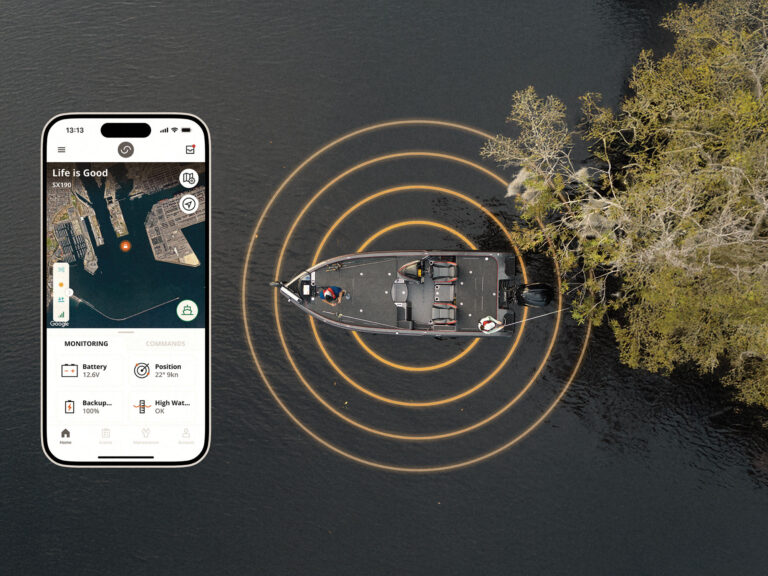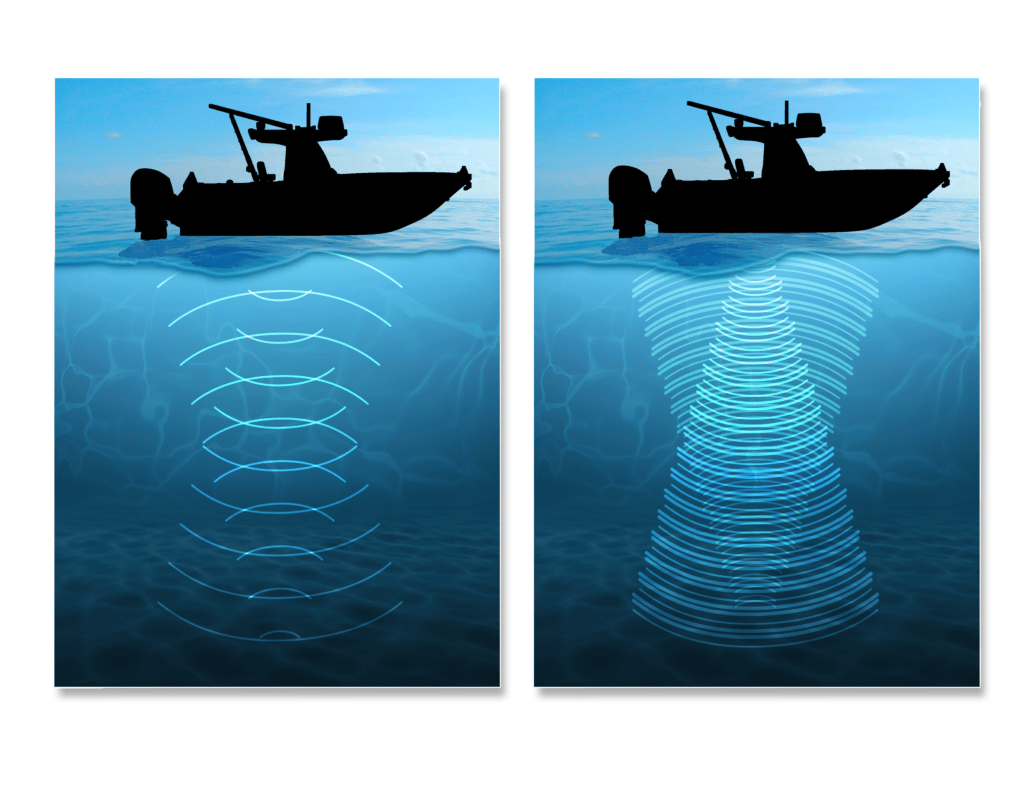
Any boating angler who’s shopping for a new fish finder today will face this question: Should I buy a CHIRP sonar or stick with conventional technology such as a 50/200 kHz sonar?
The simple answer is: Choose CHIRP.
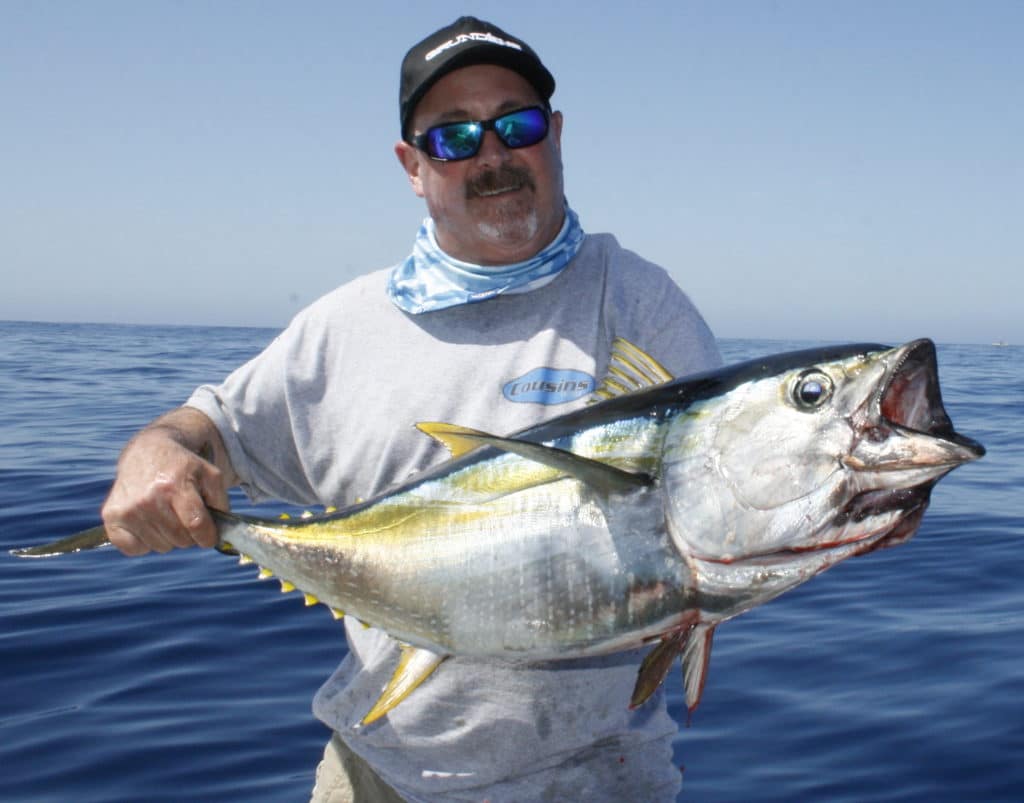
I could go into a lengthy explanation about why CHIRP technology better than conventional sonar.
Instead, I’ll will tell you about my own experience and why I am so glad I upgraded to CHIRP.
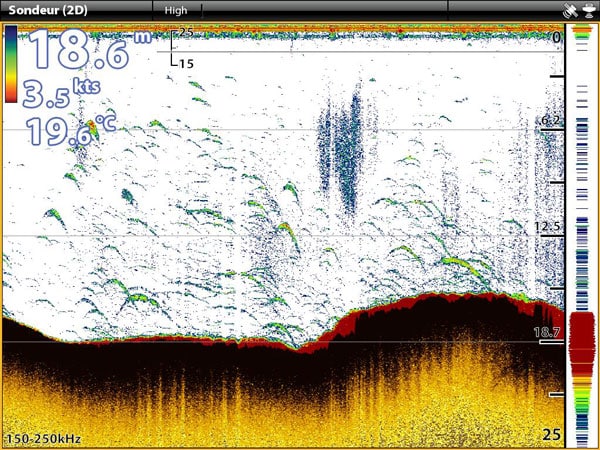
I recently installed a new multi-function display, one that lets you choose sonar technology based the transducer installed on the boat. Initially, I stuck with the existing 50/200 kHz transducer and selected the appropriate setting in the men.
After one trip offshore, I was disappointed. My new sonar failed to show any tuna on the display, even though I saw them under the boat as we chummed them into a feeding frenzy. OK, with fishing like this, who needs a fish finder, right? But still, there are days when tuna are hard to find, and that’s where a good sonar helps.
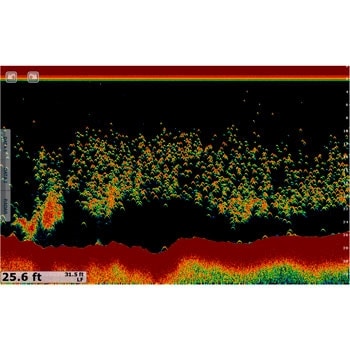
I talked over the issue with a number of experts from marine electronic companies, and many pointed out that tuna (despite what you might see on TV shows such as where captains are often “mawkin” fish) can be difficult to detect with conventional sonar.
Tuna have relatively small swim bladders, so sonar signals don’t bounce well off of this species. Tuna also move fast, so they don’t stay within the cone of the transducer beam for long, which makes the marks they produce small on the screen.
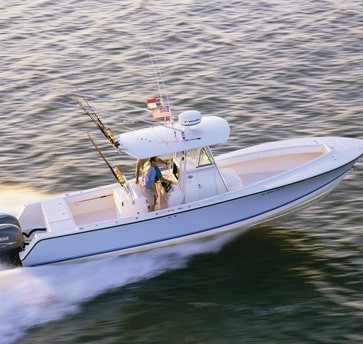
The solution was upgrading to CHIRP, technology that produces a wide range of frequencies from low to high in a single pulse (versus a single frequency from a conventional sonar), plus the advanced processing power of my new MFD, which would give me that best chance to mark tuna.
So I got a CHIRP transducer, after talking with Airmar Technology Corporation’s Jennifer Piper, who posed a number of questions about my fishing style before recommending one. Therein lies the rub: CHIRP technology has resulted in more transducer choices than ever before. The choices can be boggling. Before you pony up for a CHIRP transducer and install it, talk things over with a marine electronics expert to make sure you get the best one for your style of fishing.
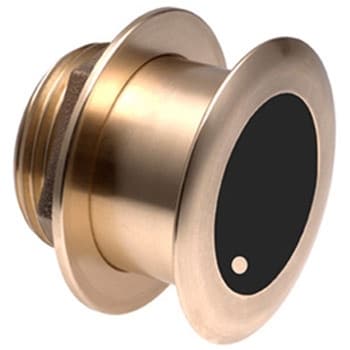
I chose an Airmar B175HW, which broadcasts sonar signals from 150 to 250 kHz with a 25-degree beam angle, much wider than the 12-degree beam of my old transducer (on 200 kHz mode). Now I can see tuna well. The same CHIRP transducer is also great for fishing structure spots at depths to 300 feet.
There are downsides to top-end CHIRP transducers. For one they are big. Mine required a 3 7/8-inch diameter hole in the hull. They are also expensive. Retail for the B175HW is around $1,300. But if you’re serious about seeing fish, a top-of-the-line CHIRP transducer is well worth the investment.







